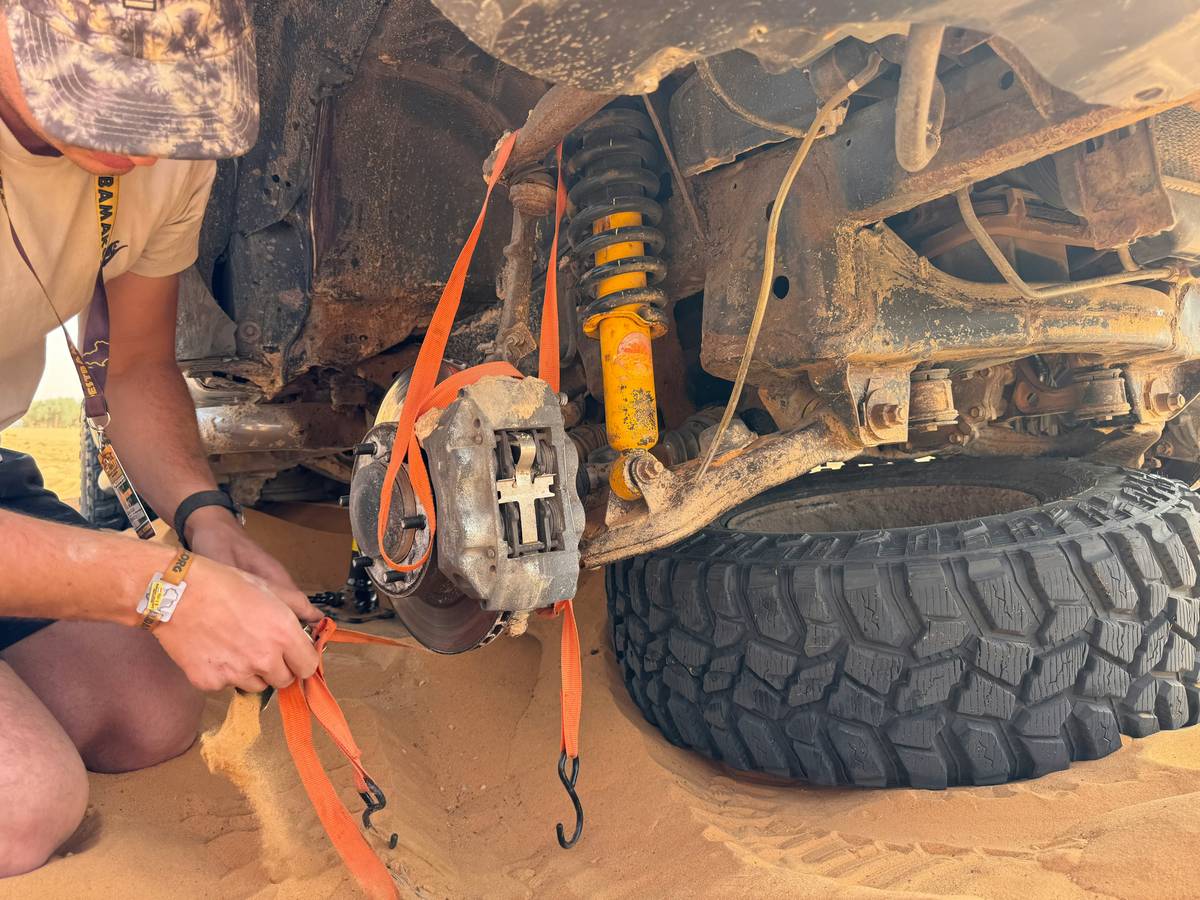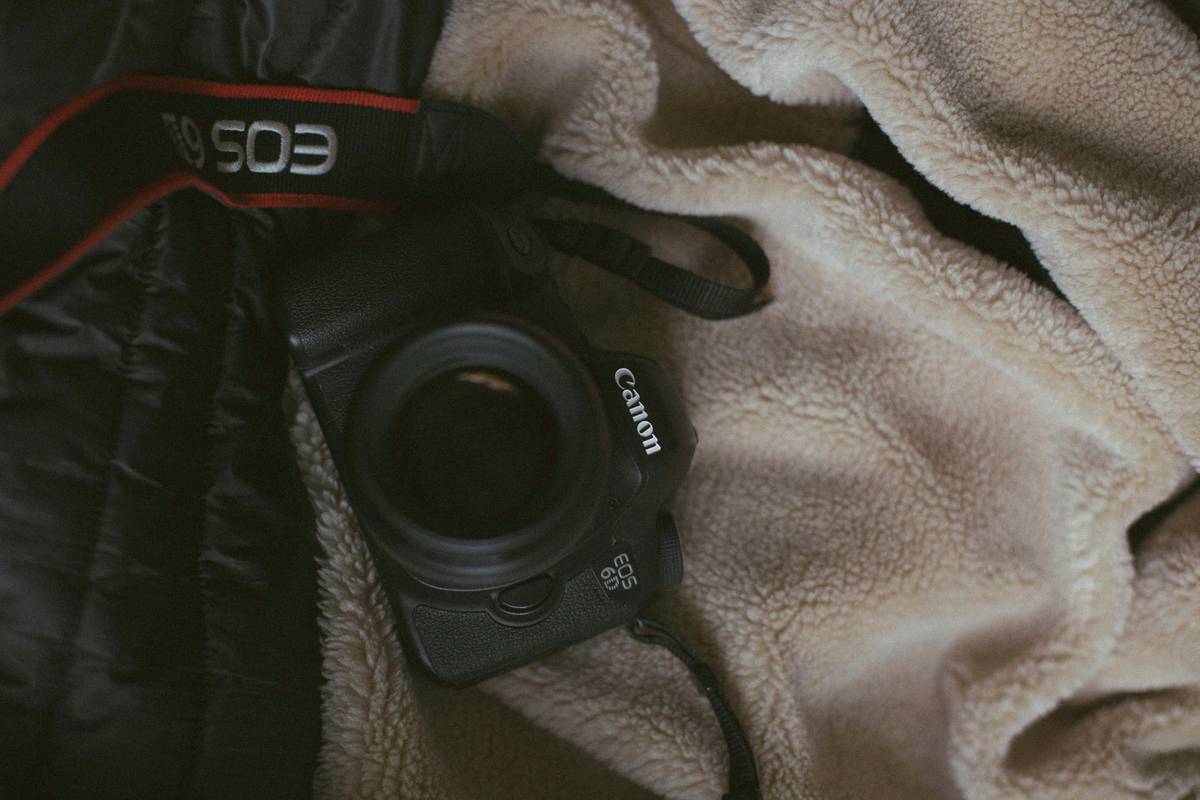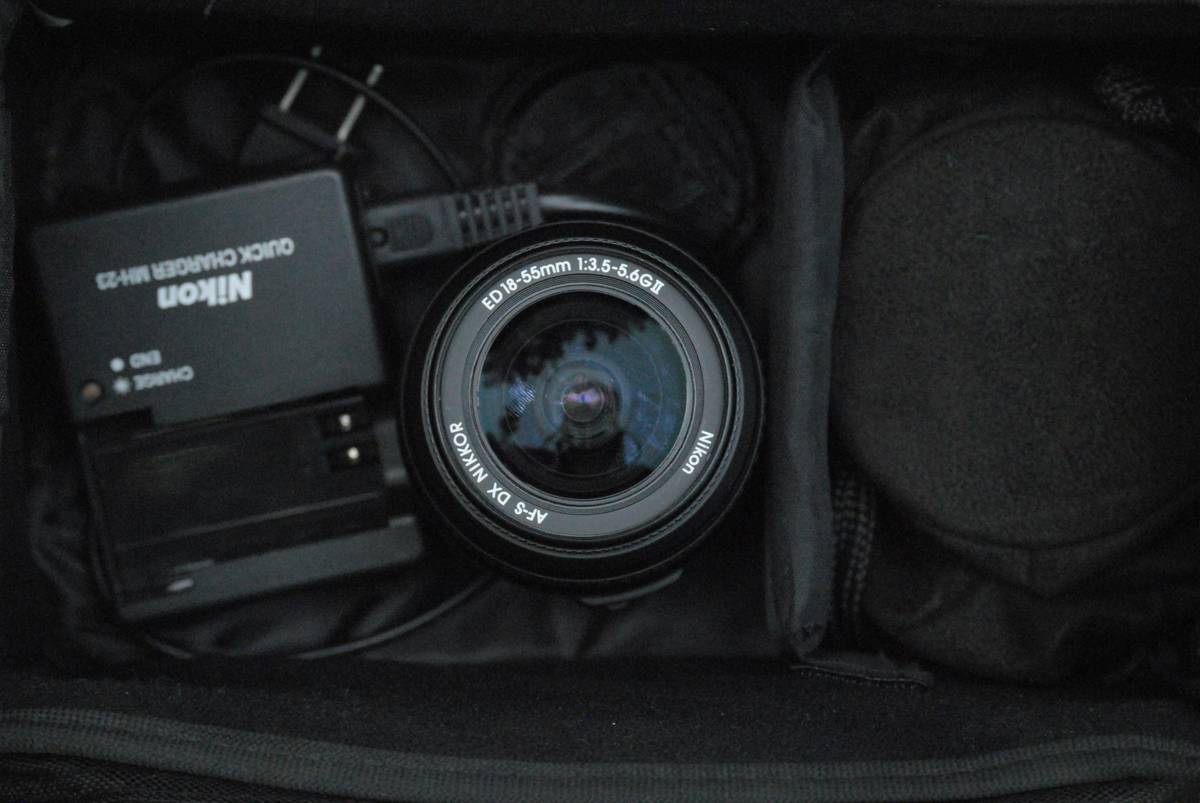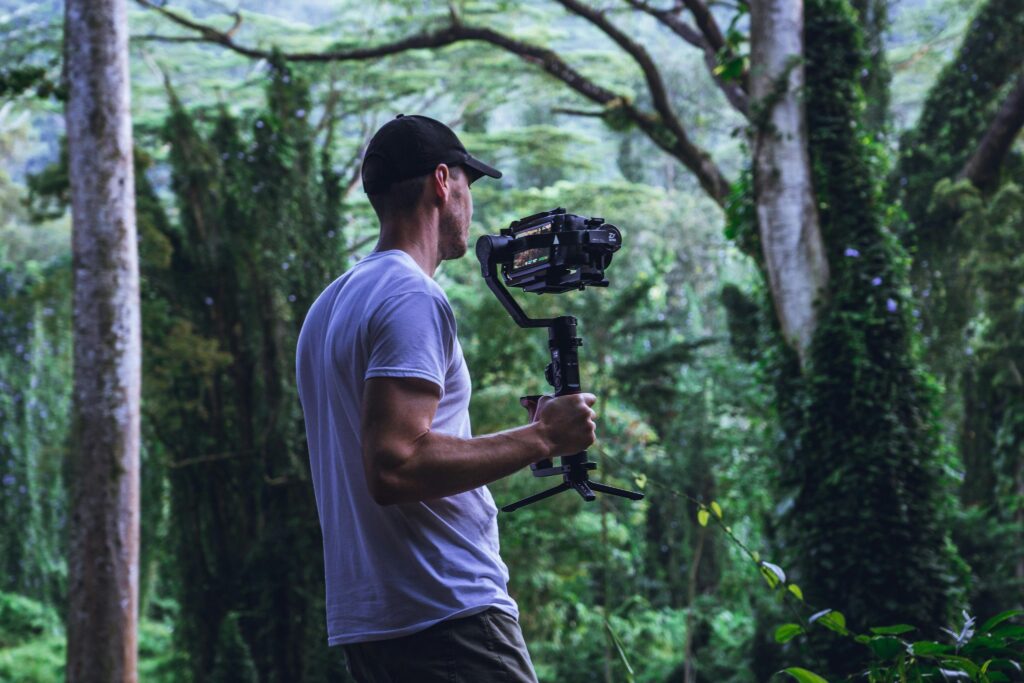Ever spent days editing a video, only for your camera to get damaged the next shoot? Yeah, that sinking feeling—it’s why “media gear insurance” is more than just a buzzword; it’s a lifeline.
As a content creator, your media equipment is the backbone of your business. But accidents happen. From accidental drops to theft on set, investing in media gear insurance ensures you’re not left high and dry when disaster strikes. In this guide, we’ll explore everything you need to know about safeguarding your creative assets with media gear insurance—you’ll walk away armed with actionable steps, real-world examples, and insider tips to make an informed decision.
Table of Contents
- Why Do You Even Need Media Gear Insurance?
- Step-by-Step Guide to Choosing the Right Coverage
- 5 Tips for Maximizing Your Media Gear Insurance
- Real-Life Examples of Media Gear Insurance Saving Creators
- Frequently Asked Questions About Media Gear Insurance
Key Takeaways
- Media gear insurance protects expensive equipment like cameras, lenses, drones, and lighting setups.
- Selecting proper coverage involves understanding risk factors unique to your workflow.
- Insurers often offer customizable plans tailored to freelancers, small businesses, or large production teams.
- The right policy can save you thousands compared to self-replacement costs.
Why Do You Even Need Media Gear Insurance?
Picture this: You wake up early for a gig at a big corporate event. As you unbox your drone mid-shoot, someone accidentally bumps into it—and *crash*. Not only did your $2,000 drone go kaput, but now you’re scrambling to replace it before another client meeting tomorrow. Sound familiar?
Here’s where media gear insurance swoops in as your hero. Whether you’re shooting weddings, vlogging for YouTube, or producing commercial videos, your tools are vital revenue generators. Without them, your ability to deliver projects grinds to a halt.
“Optimist You:” ‘It won’t happen to me!’ Grumpy You: ‘Oh yeah? Remember that sweaty wedding guest who spilled red wine all over your tripod?’*

Figure 1: Equipment damage costs add up fast without insurance.
The Problem Many Ignore
Too many creators assume general homeowner’s policies will cover their gear—but spoiler alert—they rarely do. Standard policies may exclude professional use, leaving you vulnerable if something happens during a paid job. Additionally, common exclusions include water damage, fire, or loss outside your home.
Step-by-Step Guide to Choosing the Right Coverage
Finding the perfect media gear insurance plan doesn’t have to feel overwhelming. Let’s break it down:
Step 1: Assess Your Equipment List
Create a detailed inventory of every piece of media gear you own—cameras, microphones, tripods, laptops, even SD cards. Note each item’s purchase price, replacement value, and serial numbers.
Step 2: Evaluate Risk Factors
Are you primarily working indoors or outdoors? Traveling frequently? Shooting in urban areas vs. remote locations? Identifying potential risks helps tailor your coverage needs accordingly.
Step 3: Compare Quotes from Different Providers
Look beyond premiums. Check deductible amounts, coverage limits, and exclusions. Some top providers include:
– **Front Row Insurance**
– **Hiscox**
– **Freelancers Union**
Step 4: Review Policy Terms Carefully
Policies vary widely—does yours include theft outside your home? Accidental damage? Rental equipment while repairs occur? These details matter.
Sounds simple enough, but here’s the brutal truth:
*Pro Tip That Might Hurt:* Cheaping out on basic liability coverage might seem smart… until someone trips over your cables and sues you for medical bills.
5 Tips for Maximizing Your Media Gear Insurance
- Take Inventory Photos: Before any new shoot, snap quick photos of your gear laid out neatly. It’s ironclad proof of what you carried if claims arise later.
- Keep Receipts Handy: Having original receipts speeds up claims processing significantly.
- Secure Your Gear: Use protective cases and anti-theft locks wherever possible. Bonus points: safer habits often lead to lower premiums!
- Update Regularly: Add newly purchased equipment to your policy ASAP to avoid gaps in coverage.
- Communicate with Agents: Don’t hesitate to ask questions about clauses you don’t understand.

Figure 2: Properly storing gear reduces risk and enhances peace of mind.
Real-Life Examples of Media Gear Insurance Saving Creators
Case Study #1: The Wedding Photographer
Sarah, a seasoned wedding photographer, invested in comprehensive media gear insurance after years of bare-minimum protection. When her entire camera bag was stolen from a crowded reception venue, she filed a claim and had replacements delivered within two weeks—saving both her sanity and upcoming bookings.
Case Study #2: The Indie Filmmaker
Marcus relied heavily on rented lenses for his indie feature film. When one lens shattered midway through filming due to mishandling by a crew member, his insurance covered full replacement costs—ensuring his project stayed on schedule.
Frequently Asked Questions About Media Gear Insurance
What Does Media Gear Insurance Typically Cover?
Policies usually cover accidental damage, theft, vandalism, and natural disasters involving media equipment used professionally.
How Much Does It Cost?
Costs depend on coverage levels and deductibles but typically range between $400-$800 annually for standard freelance packages.
Can I Insure Used Equipment?
Yes! Most insurers allow coverage for secondhand gear based on its current market value rather than original cost.
Is Homeowner/Renter Insurance Enough?
Almost never. Personal policies rarely extend to professional gear or incidents occurring off-premises.
Conclusion
Media gear insurance isn’t optional—it’s essential. By securing the right protection, you shield yourself from unexpected financial hits and keep doing what you love uninterrupted. Follow our step-by-step guide, heed our best practices, and remember that being prepared beats regretting later.
Cheers to keeping those cameras rolling (and insured). And hey—like flipping a VHS tape, always rewind to check your policy fine print. 😉
Haiku Time:
Lens shatters underfoot
Insurance saves the day
Creative life resumes


